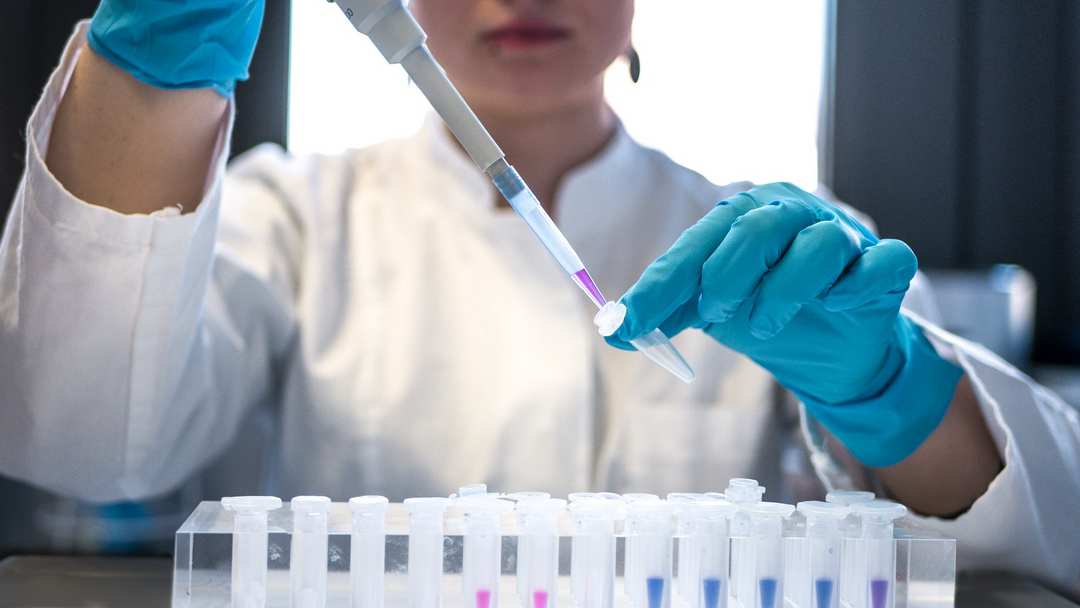Validation of a two-dimensional gas chromatography mass spectrometry method for the simultaneous quantification of cannabidiol, Δ9-tetrahydrocannabinol (THC), 11-hydroxy-THC, and 11-nor-9-carboxy-THC in plasma
Summary of this paper
Our Machine-Learning algorithms scan the text for the most important phrases or passages. These highlights, alongside their respective section titles, are shown below.
Introduction
Cannabis sativa contains over sixty cannabinoids, including cannabidiol (CBD) and Δ 9tetrahydrocannabinol (THC). Although THC is the principal euphoric chemical in cannabis, its therapeutic properties include analgesia, muscle relaxation, anti-emesis, and appetite stimulation. CBD, a non-psychoactive cannabinoid, is an analgesic, anti-convulsant, anxiolytic, anti-oxidant, anti-psychotic, and muscle relaxant [1].
Calibrators, Quality Control Samples And Internal Standards
Individual stock solutions (1 mg/mL) were diluted in methanol and combined to prepare an intermediate calibration standard (10 μg/mL) containing CBD, THC, 11-OH-THC and THCCOOH. Methanolic working calibrator solutions at 10, 100 and 1000 ng/mL were prepared by dilution of the 10 μg/mL intermediate cannabinoid standard. Daily calibration curves were prepared by fortifying 1.0 mL blank plasma with appropriate amounts of working calibrator solution.
Two-Dimensional Gas Chromatography Mass Spectrometry
Derivatized extracts (4 μL) were injected in splitless injection mode. Analyte retention times on the primary column were determined by injecting a neat derivatized high concentration cannabinoid standard containing CBD, THC, 11-OH-THC and THCCOOH with column effluent directed to a flame ionization detector (FID). Heart cuts (0.4-0.6 min) containing each analyte peak were made, diverting flow to the secondary column.
Data Analysis
Data were analyzed with Agilent Chemstation software version D.01.00. Analytes were identified by comparing retention times (± 0.15 minutes) and qualifier ion ratios (± 20%) to average calibrator values obtained in the same run. Quantification was determined by the ratio of target analyte peak area to corresponding internal standard peak area.
Method Validation
Extraction efficiency for each analyte was assessed in fortified blank plasma (n = 4) at each QC concentration (0.35, 7.5, 20, and 75 ng/mL). Extraction efficiency was calculated by comparing mean target ion peak areas in samples fortified prior to extraction with samples fortified after extraction, but before evaporation.
Method Development
Although CBD and THC elute from the secondary column less than one minute apart, a single MS acquisition window was created for CBD and THC ions to manage potential retention time shifts. Also, a new oven temperature ramp was developed for extended retention of analytes on the secondary column to minimize retention time drift (Table 1). Complex oven temperature parameters were required for CBD and THC resolution.
Method Validation
Imprecision and bias were determined at 0.35, 7.5, 20 ng/mL for all analytes and additionally at 75 ng/mL for THC, 11-OH-THC and THCCOOH. Inter-and intra-assay imprecision (%CV) were <7.8 and <6.4% for all analytes, respectively ( Table 3). The method was highly reproducible and QC samples quantified within ± 9.2% of target.
Proof Of Method
This validated analytical method was applied to a plasma specimen from a participant enrolled in a controlled CBD and THC administration protocol. The plasma specimen contained 1.1 ng/mL CBD, 3.4 ng/mL THC, 3.6 ng/mL 11-OH-THC and 49.4 ng/mL THCCOOH. Extracted ion chromatograms are shown in Figure 1.
Discussion
This complex instrumental method should be applicable to multiple biological matrices, following matrix validation, and should be highly useful for clinical research, forensic toxicology, workplace drug testing, and DUID programs. Extracted ion chromatograms from a) blank extracted plasma, b) blank plasma fortified with analytes at the limits of quantification-0.25 ng/mL cannabidiol (CBD), Δ 9tetrahydrocannabinol (THC), 11-nor-9-carboxy-THC (THCCOOH) and 0.125 ng/mL 11hydroxy-THC (11-OH-THC), and c) extracted participant specimen from Sativex ® administration a . Arrows indicate retention times of analytes.
Analyte Target (Ng/Ml)
Intra-assay Imprecision (%CV; n = 5) Bias (% target; n =20) Table 4 Analyte stability (n = 3) & mean extraction efficiencies (n = 4) for cannabidiol (CBD), Δ 9 -tetrahydrocannabinol (THC), 11-hydroxy-THC (11-OH-THC) and 11-nor-9-carboxy-THC (THCCOOH) in plasma.











